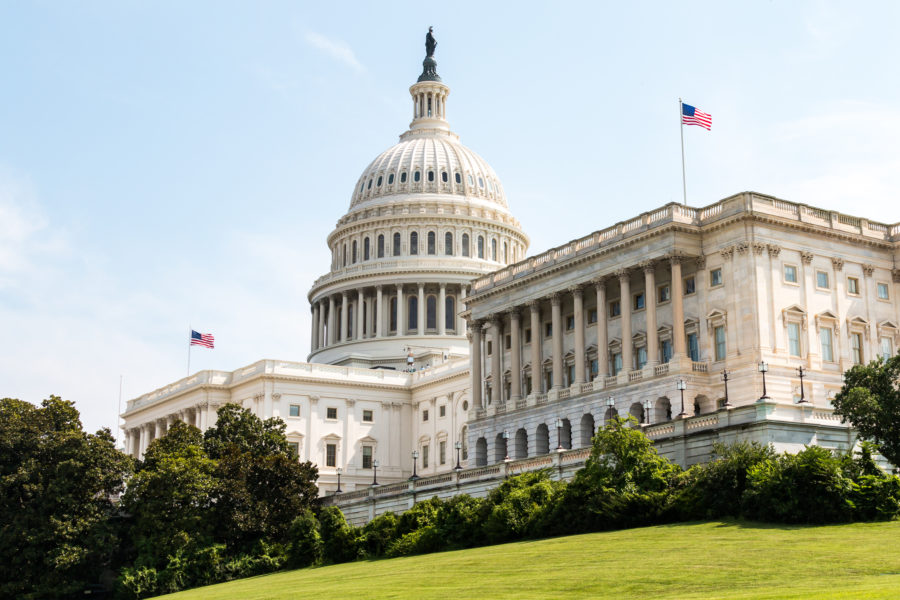Mining in Canada’s B.C. remains strong, but facing labour, indigenous issues
British Columbia, Canada’s most western province, had a strong 2013 from the mining industry point of view, as it saw several projects expand, as well as new mines to begin construction, which drove job creation.
Minister of Energy and Mines, Bill Bennett, said the positions generated were high-quality ones and that several of them were filled by First Nations to the point that the resource industry employs more natives than any other sector in B.C.
One of the highlights of last year was the beginning of production at $1.5 billion Mt. Milligan copper-gold mine north of Prince George, which generated 350 permanent jobs.
The province added a number of operating mines made improvements to their operations last year. Both Gibraltar mine in the Cariboo and Line Creek in the Kootenays received Mines Act permit amendments that resulted in almost $400 million in investment and the opening of 650 positions.
In 2012, mining was valued at over $8.3 billion to B.C.’s economy and exploration was recorded at $680 million, a 47% increase over the previous year and the highest ever.
With exploration spending remaining strong in 2013, authorities predict mining will remain one of the province’s more important economic drivers in 2014.
First Nations
Relationships with First Nations continued to be a challenge last year, with several incidents clouding the skies. Tensions rose in September, when the Tahltan First Nation voiced its opposition to Fortune Minerals’ (TSX:FT) Arctos Anthracite coal project. As a result, the company decided to pull out of the mine site for several months.
Another high-profile case was Taseko’s (TSX:TKO) New Prosperity mine proposal, which was branded as “significant adverse” to the environment by the federal government in November. A report from late 2011 estimated that Prosperity would generate $9.8 billion in tax revenues for the federal and BC government over the next 20 years.
Opponents of the project claim that the mine would pollute close-by Fish Lake, in Williams Lake and endanger fish populations. Taseko says the environmental review panel that drew these conclusions was looking at the wrong tailings facility design.
The Federal government is currently assessing the $1.5 billion project.
However, B.C.’s government seems optimistic. “Both industry and the province continue to work closely with First Nations on resource development, setting out clear expectations for the consultation process and working toward more revenue-sharing agreements,” said in a press release Friday.
It added that B.C. has signed 10 economic and community development agreements with First Nations to date. In 2013, the first cheques were delivered to First Nations for agreements with New Afton, Copper Mountain and Highland Valley mines.
Skilled worker shortage

The challenge of lack of skilled workers became intertwined during the past year with a controversy over the use of temporary foreign miners.
The one issue B.C. authorities did not refer to, was the looming shortage of skilled workers they are facing, with some suggesting thousands of new workers will be required over the next decade.
The Mining Industry Human Resources Council estimates the province will need more than 10-thousand workers by 2023, while the countrywide figure is more than 100-thousand.
The dire predictions became intertwined during the past year with a controversy over the use of temporary foreign workers. Vancouver-based HD Mining was supposed to bring over 201 Chinese miners to a project in the northern part of the province last year. The news drew ire from across the political spectrum and prompted two unions to launch a legal challenge, which ultimately ended in the company’s favour last May.
HD Mining insisted it could not find enough trained miners, governments used the controversy to pledge renewed focus on training, unions said there were enough skilled workers in Canada, and industry groups warned such cases could become more common if more isn’t done to head off the labour shortage.
Mining in B.C. — A few key facts:
- In 2012, more than 30,000 people were employed in mining, mineral exploration and related sectors. This is significant growth since 2001 when only 14,700 people were employed in mining.
- Mining takes up a small portion of B.C.’s land —less than 1%— but it makes a tremendous impact on the B.C. economy.
- To date the province has 19 operating mines (nine coal and 10 metal). In 2001, there were 15 operating mines (seven coal and eight metal).
- Every British Columbian uses almost 23,000 kilograms (or about 50,000 pounds) of mined products each year. When you brush your teeth, turn on a light, drive a car, ride your bike, put on the television, use a camera or telephone, you are supporting the mining industry.
{{ commodity.name }}
{{ post.title }}
{{ post.date }}






Comments